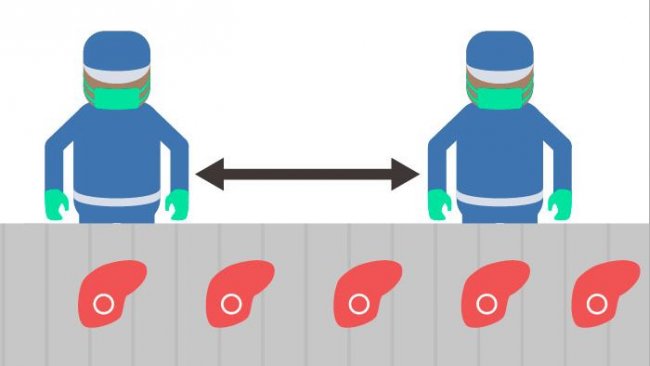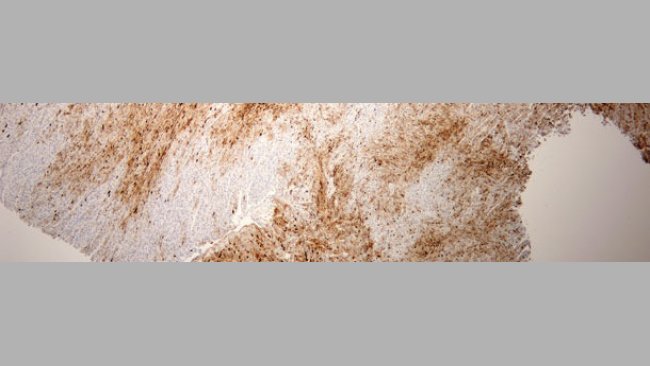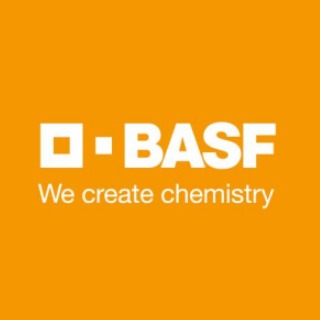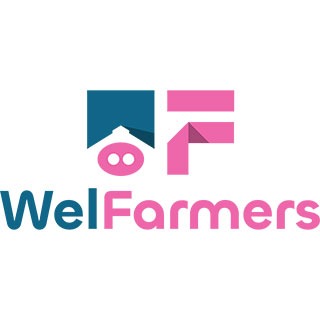
U.S. packing plant adaptations in the era of COVID
U.S. meatpackers have been extremely aggressive in identifying and adopting best practices to limit the transmission of SARS-CoV2 within their workforces.
The pig sector events all around the world
Pig health: news and articles on PRRS, PCV2, biosecurity, etc, Pig disease guide, atlas of pathology, clinical cases…
Biocheck.UGent is an independent, risk-based, scientific scoring system for assessing the quality of your on-farm biosecurity.
A visual and practical step-by-step guide on how to perform a necropsy on a pig.
All the information about ASF: how to recognize the disease, how it is transmitted, pictures of lesions, latest news, guides, etc.
Description of the most important diseases and conditions in pigs
Images of major swine diseases
Pig disease diagnostic tool
Definition for the most commonly used pig terms
Simulator that calculates the amount of drug to add to the water when using a flow dispenser.
Pig Prices by countries. Pork production and trade. News of the pig market and the raw materials
The latest slaughter pig prices in the most important pig markets. Check the evolution of the historical prices in charts and in several currencies.
Latest quotations for the main commodities used in pig feed. Historical graphs with the pig price and estimated feed price.
Figures & trends in pig numbers, pork production and pork trade.
Global production and trade data for the most important raw materials
Articles on nutrition and pig feeding, characteristics of raw materials and additives for pig feed. Prices of raw materials
Latest quotations for the main commodities used in pig feed. Historical graphs with the pig price and estimated feed price.
Technical sheets of the main raw materials and additives used in swine feed. They include a comparison of nutritional values from various sources, product
Global production and trade data for the most important raw materials
Definition for the most commonly used pig terms
Use this tool to diagnose problems with the feed conversion ratio. Click on the flowchart or on the buttons within the text to navigate through the different parts of the tool.
Articles on genetics and pig reproduction: genetic improvement, genomics, artificial insemination, use of hormones
Compare production data, calculate the number of sow, nursery, and finishing spaces, and visualize your tasks on the work schedule by type of BMS.
Tool that allows you to calculate the replacement rate in your farm
Definition for the most commonly used pig terms
Use this tool to find out why your farrowing rate is less than ideal. Click on the flowchart or on the buttons found within the text to navigate through the different parts of the tool.
Management, pig farm management, work planning in each production stage: management in gestation, grow finish, batch farrowing
Compare production data, calculate the number of sow, nursery, and finishing spaces, and visualize your tasks on the work schedule by type of BMS.
Tool that allows you to calculate the replacement rate in your farm
Definition for the most commonly used pig terms
Design of facilities and equipment for pig farms: building design, climate control, feeding systems, etc.
Biocheck.UGent is an independent, risk-based, scientific scoring system for assessing the quality of your on-farm biosecurity.
Definition for the most commonly used pig terms
Use this tool to explore which slurry management strategy best fits your situation. Click on the flow chart or on the buttons within the text to navigate through the different parts of the tool.
What makes us stand out is the quality and independence of our contents. Find out about the authors who make it possible. Our goal is to generate a virtual community of advanced users in the sector.

Lowe is a 1994 graduate of the University of Illinois, College of Veterinary Medicine and completed the Executive Veterinary Program in Swine Health at the University of Illinois in 2000, a Master of Science degree in infectious disease management in 2004 and in 2012 became board certified in Food Animal Practice by the American Board of Veterinary Practitioners.
He is currently an Associate Professor and Head of the Integrated Food Animal Management Systems Section, Department of Veterinary Clinical Medicine and Director of the i-Learning Center for online veterinary education in the College of Veterinary Medicine at the University of Illinois and has an adjunct appointment in the Department of Diagnostic Medicine/Pathobiology in the College of Veterinary Medicine at Kansas State University.
He is also a partner in a consulting practice that has advisory relationships global pork and beef producers, packer-processors, food retailers, restaurant chains and all of the major multi-national animal health suppliers.
Updated CV 07-Jul-2020

U.S. meatpackers have been extremely aggressive in identifying and adopting best practices to limit the transmission of SARS-CoV2 within their workforces.

Altering animal flow to insure exposure to PCV2 prior to breeding, as part of an acclimation program is necessary to minimize the risk of PCV2 associated reproductive disease.

There are 3 potential options to stabilize BTW herds following an outbreak that have all proven successful over time. They have very different cost and risk profiles and a through economic assessment is needed to determine what the best course of action is for each new outbreak.

It was developed in USA as a way to improve communication of what needed to be done to improve the chances of success in stabilizing and managing breeding herds.
Welcome to 333
Connect, share, and interact with the largest community of professionals in the swine industry.
Celebrating 138212Users on 333!
Sign upAlready a member?




